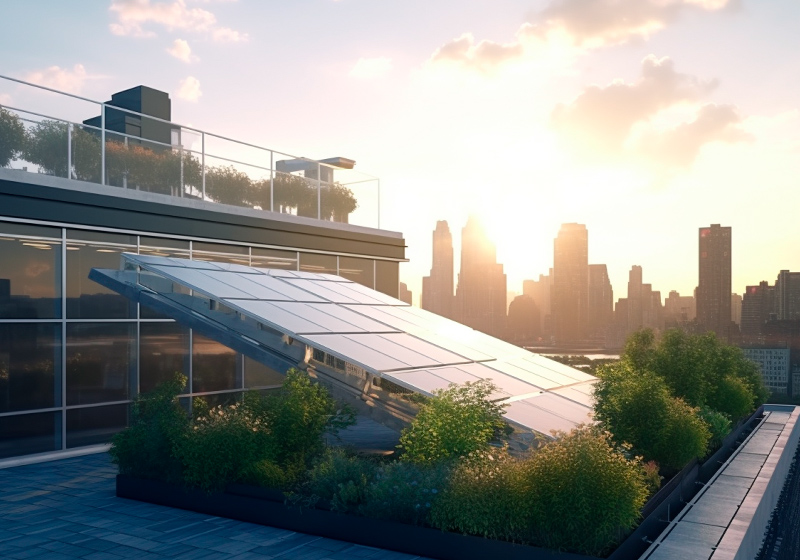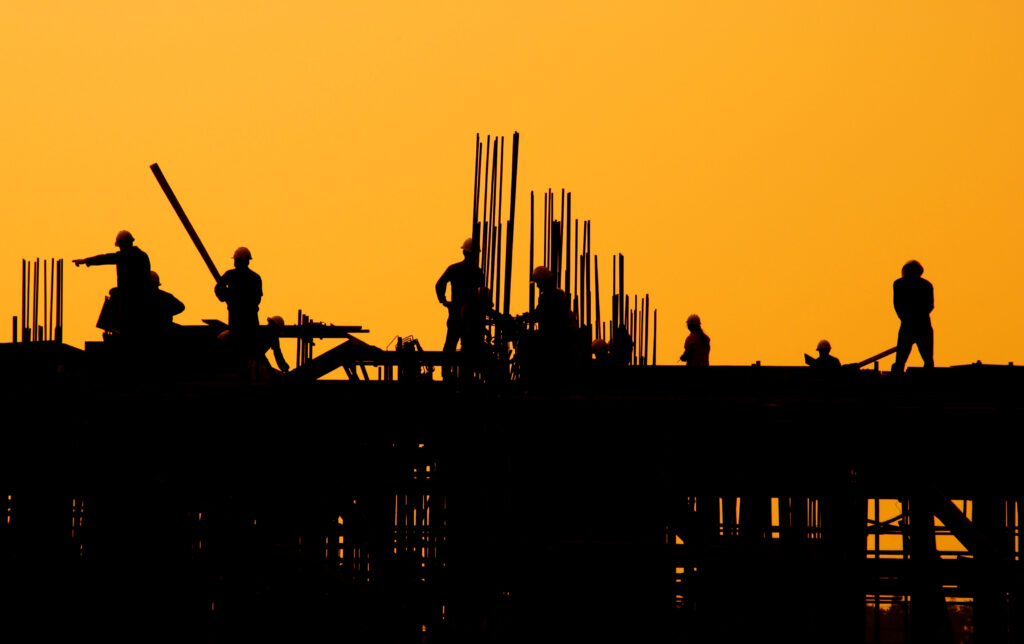On June 6, 2024, White House National Climate Advisor Ali Zaidi announced the new definition for “zero-energy buildings” at the American Institute of Architects conference. Although this announcement doesn’t carry new regulations for commercial or residential construction, it does outline a target for new buildings and may reveal which features we can expect to become the new standards in the cities of the future.
To get a sneak peek on the impact of this announcement, let’s take a look at what zero-energy buildings are, and how they differ from what we see today.
What is a Zero-Energy Building?
Zero-energy buildings are, to put it simply, buildings that produce more or an equal amount of energy than they consume throughout the course of the year. According to the Department of Energy, residential and commercial buildings account for 74% of electricity usage in the U.S. With a generation increasingly concerned about their impact on the environment, organizations are committed to fast-tracking solutions for lowering usage and its impact.
In the past, the road to true zero-energy was regarded as difficult and expensive, but the Department of Energy (DOE) and the Environmental Protection Agency (EPA) believe that it will become more practical due to emerging technologies. Zero-energy buildings will be able to rely on their renewable solar and wind energy generation systems to be self-sufficient when weather conditions allow, then pull from the electrical grid when conditions limit their production. It’s through these systems, the DOE and EPA envision, that communities will be able to work together to become more efficient, reduce greenhouse gas emissions, and increase the reliability of power.
Ways to Improve Energy Efficiency
When looking into their future goals to reduce building emissions by 65% by 2035 and 90% by 2050, the story isn’t only surrounding new constructions. By 2050 it’s predicted that 93% of residential buildings and 60% of commercial buildings that exist today will continue to be in use, meaning renovating and retrofitting will be key pieces to this energy-neutral future. With that said, here are some features that are likely to rise in popularity across the board, regardless of climate:
Commercial buildings are not only becoming more energy efficient, but they are becoming more comfortable for its tenants every year thanks to new technologies and building techniques.
If you’d like to learn more about how your commercial building might improve its energy efficiency, ask us about our energy audit solutions. And for all your commercial property inspection needs, always stick with National Property Inspections.



